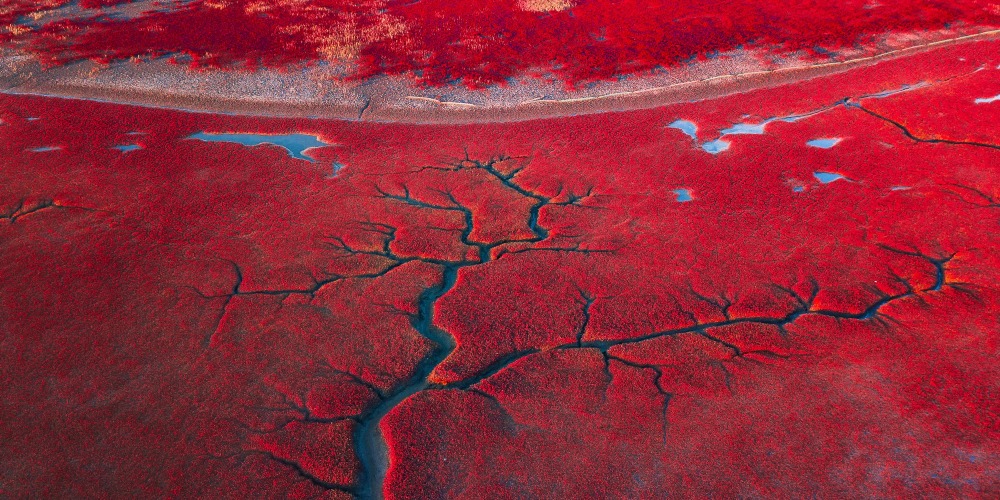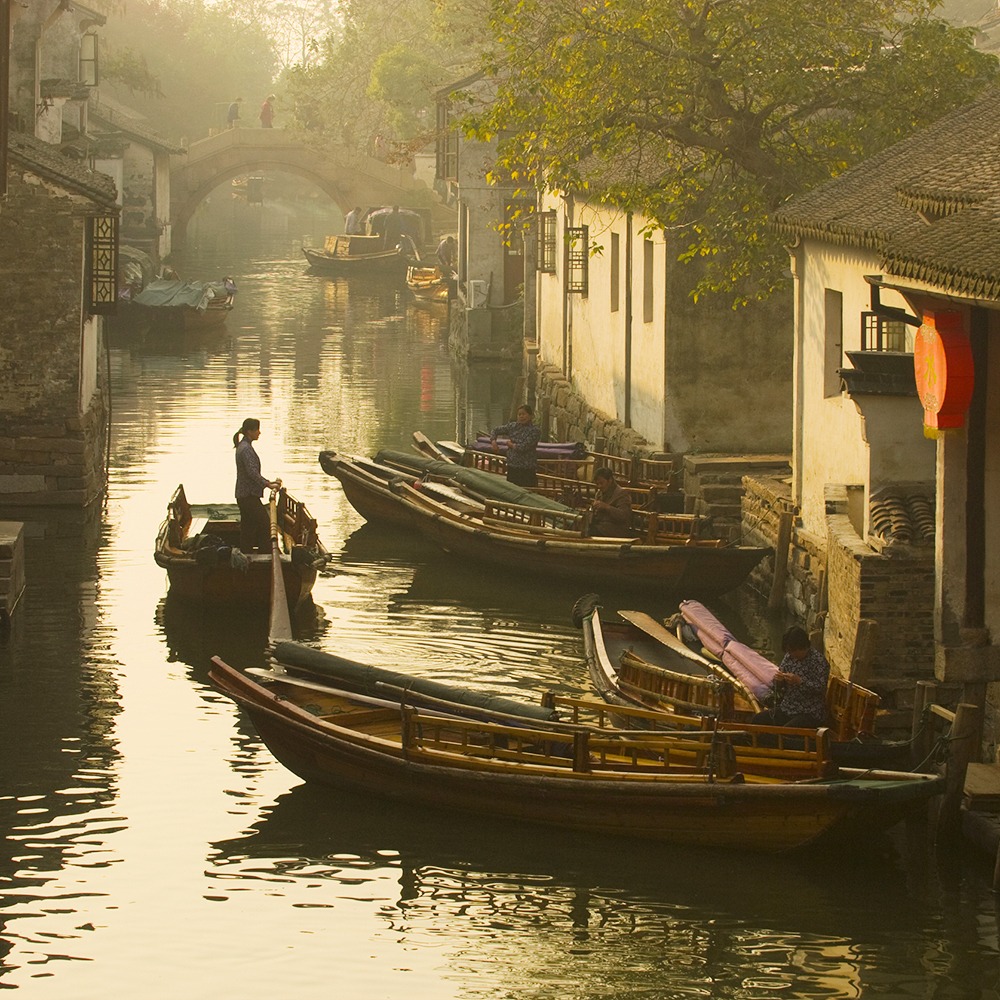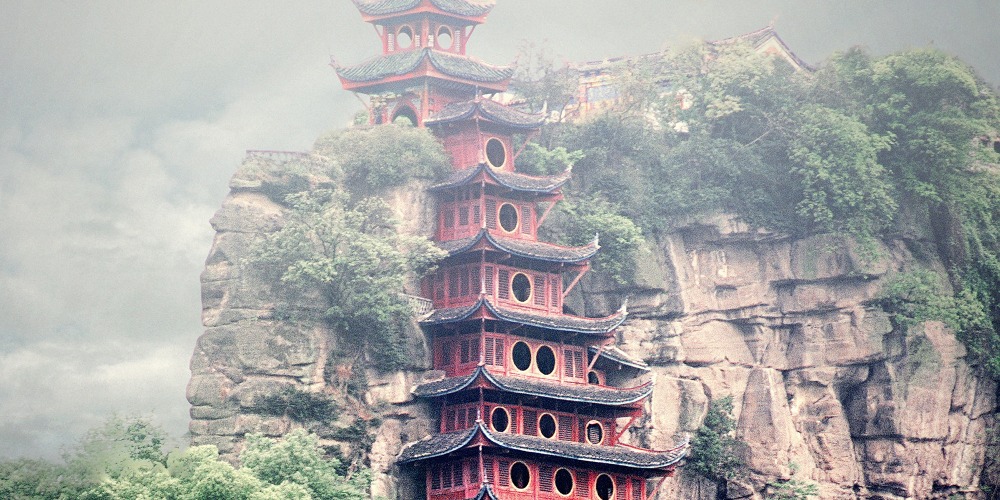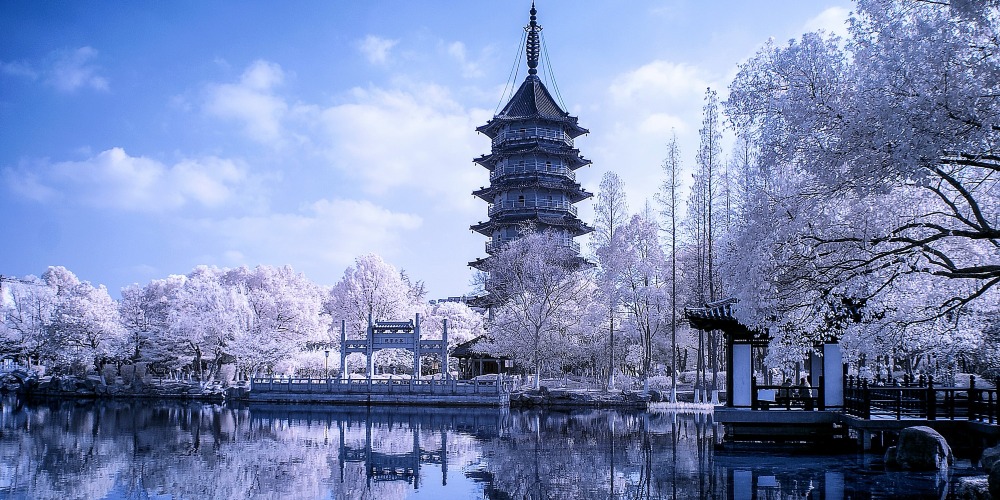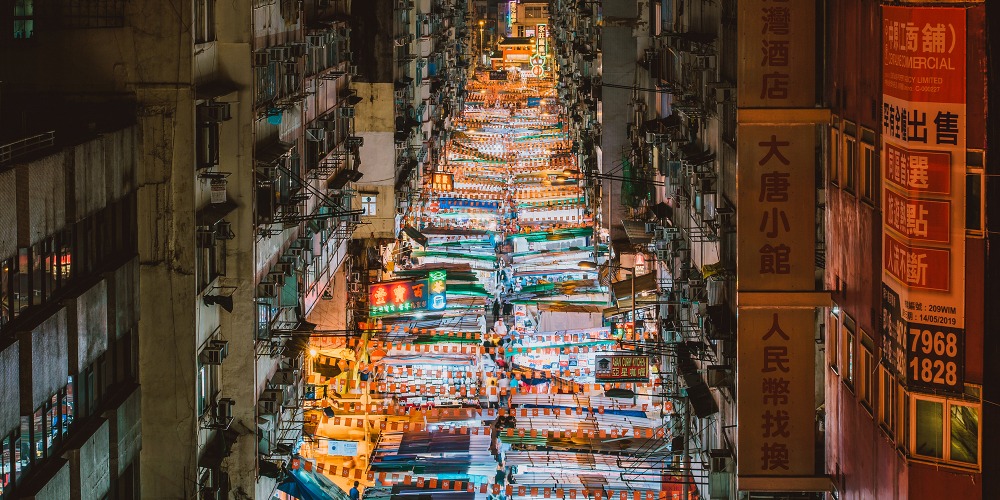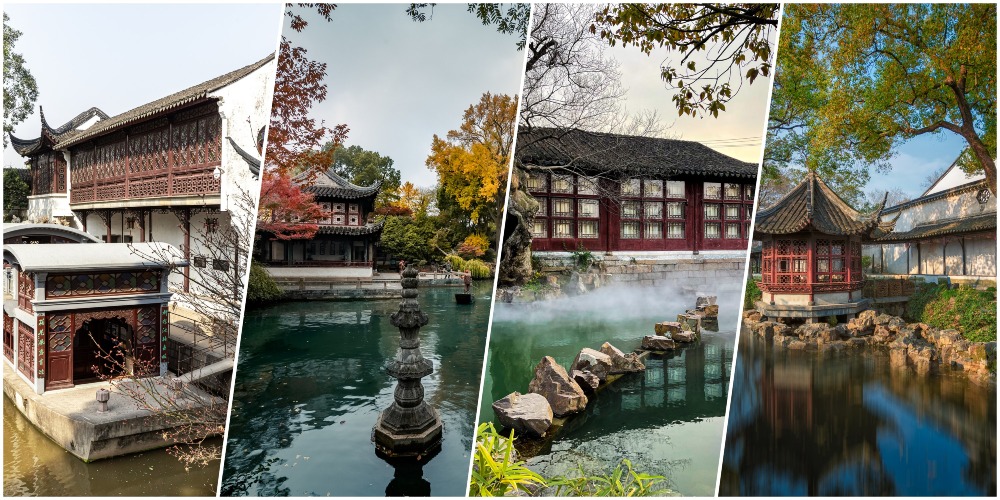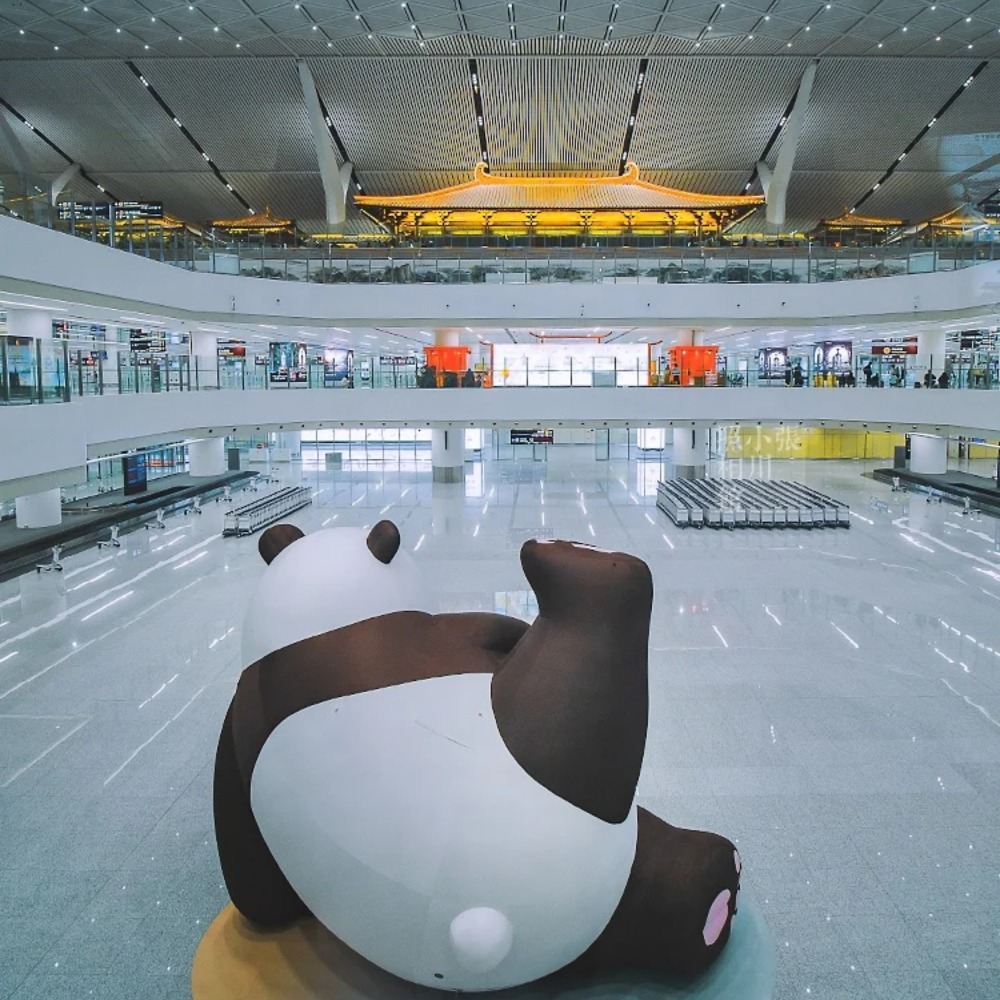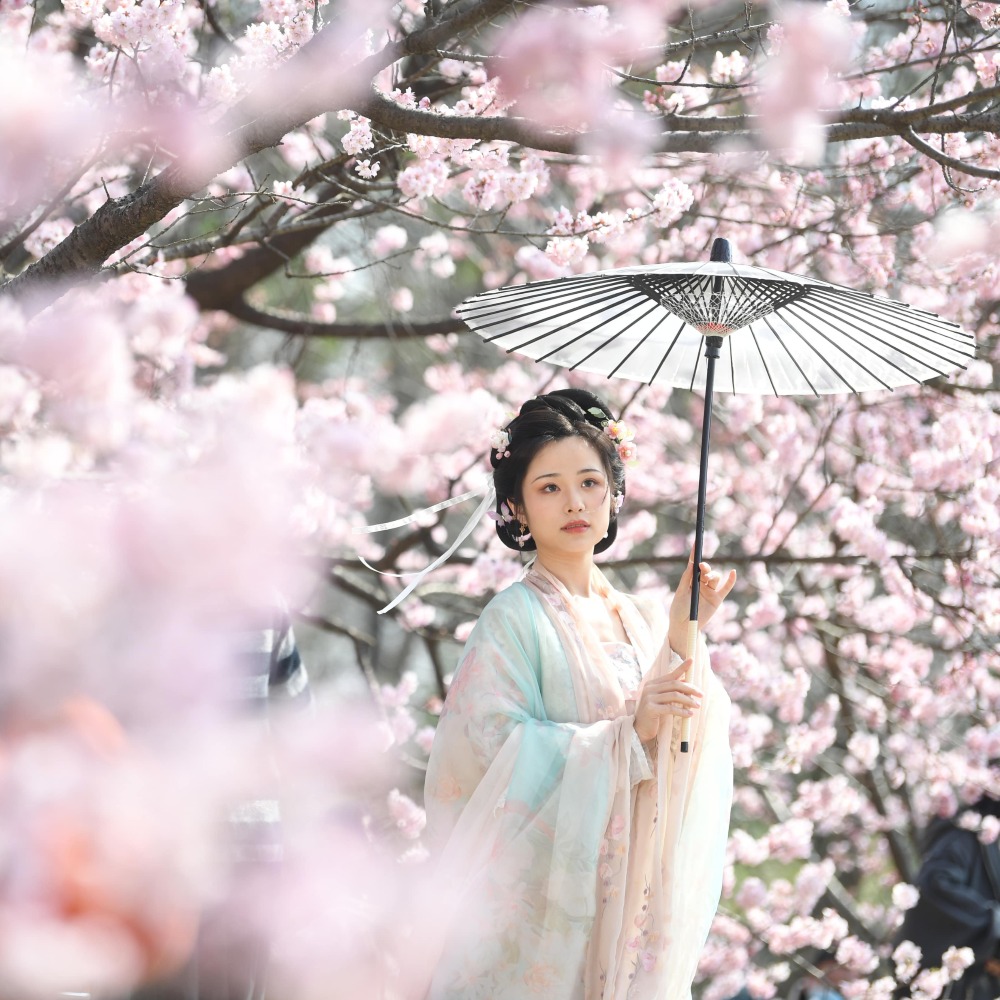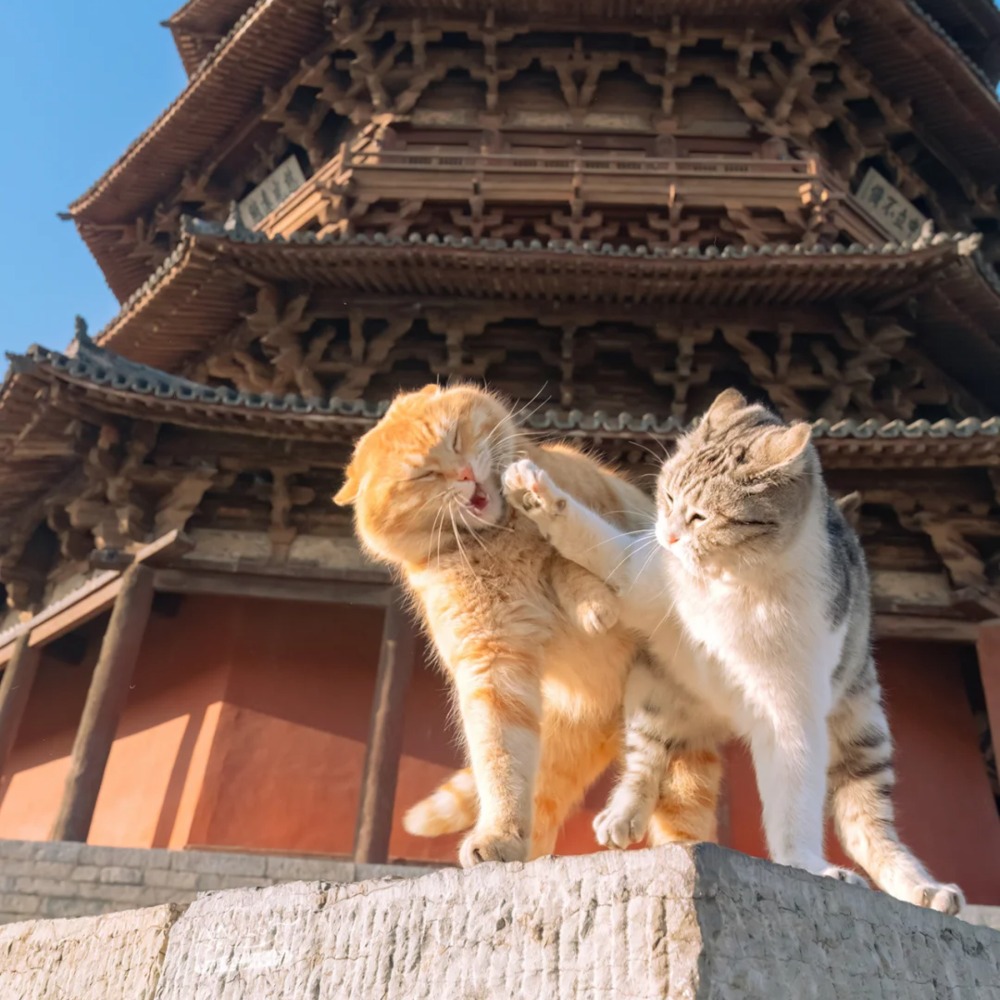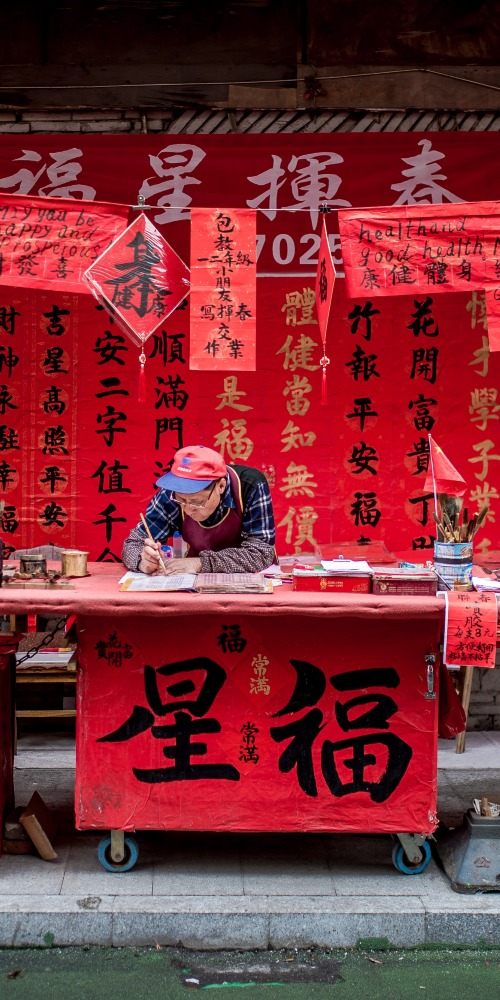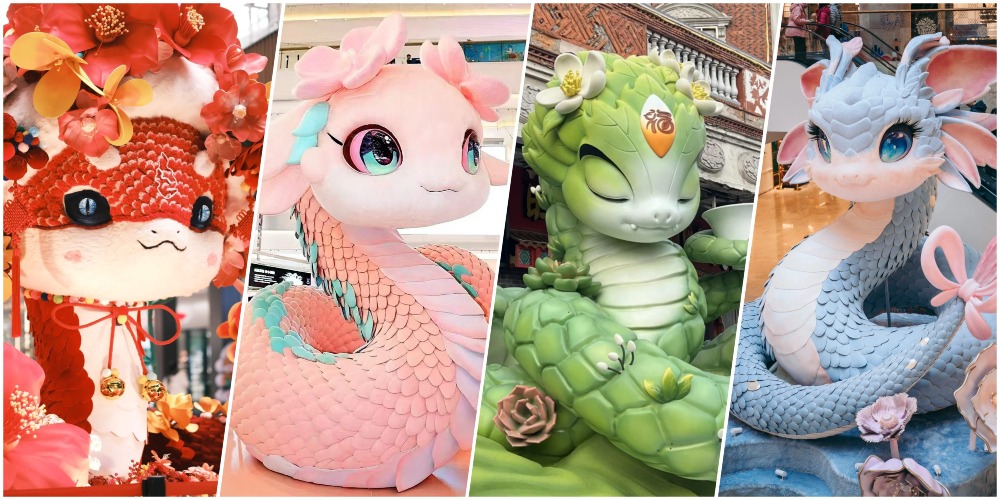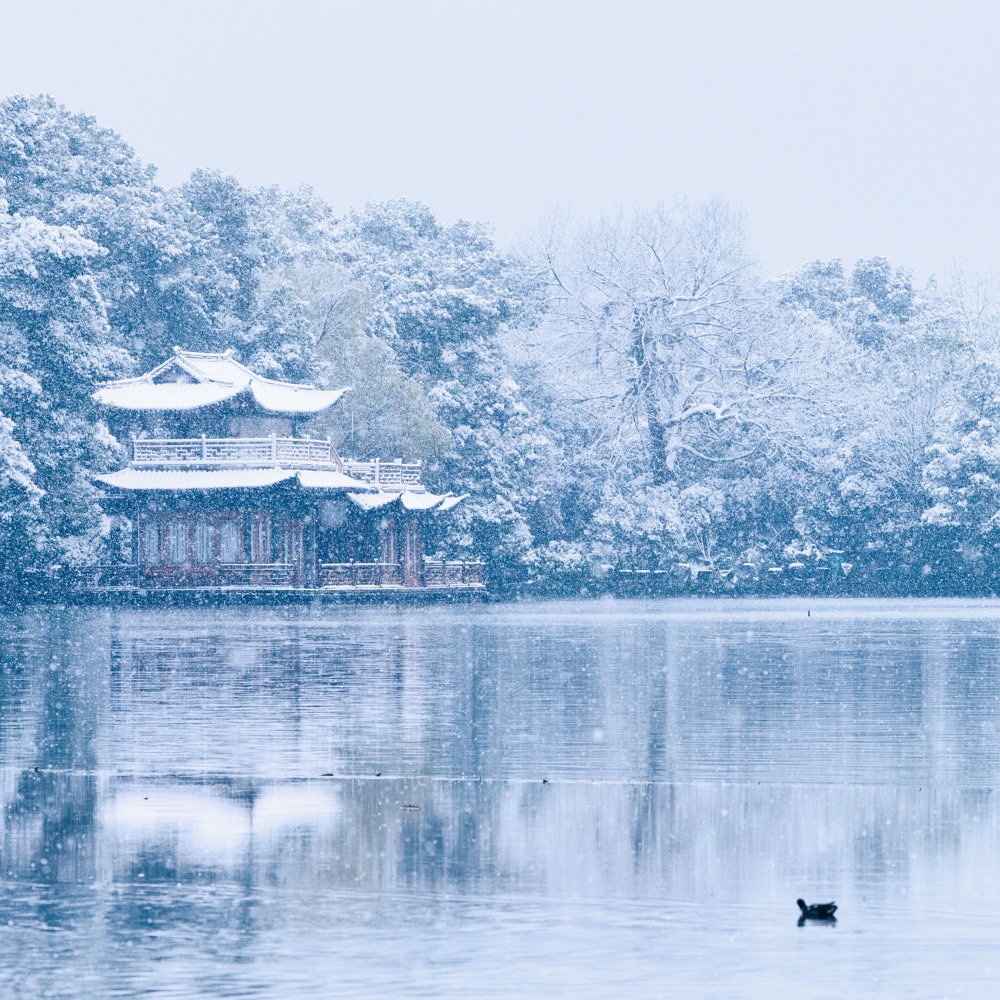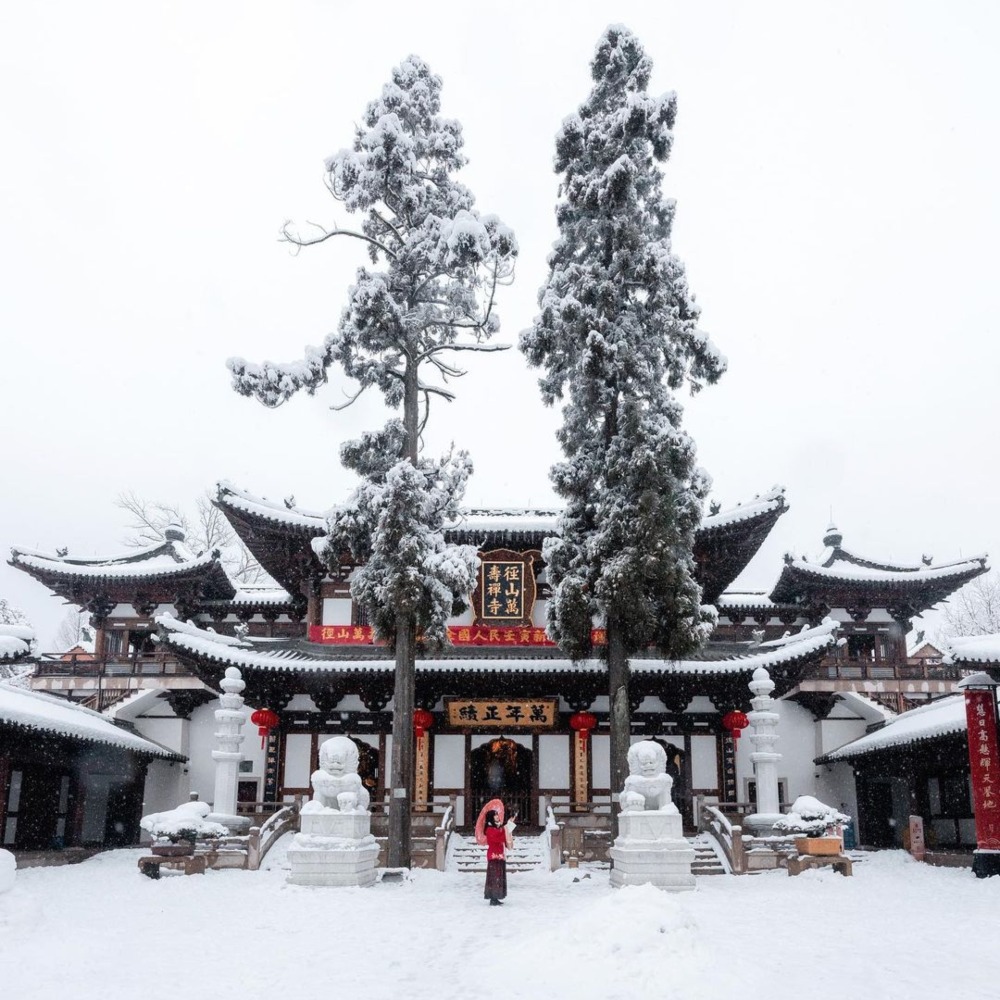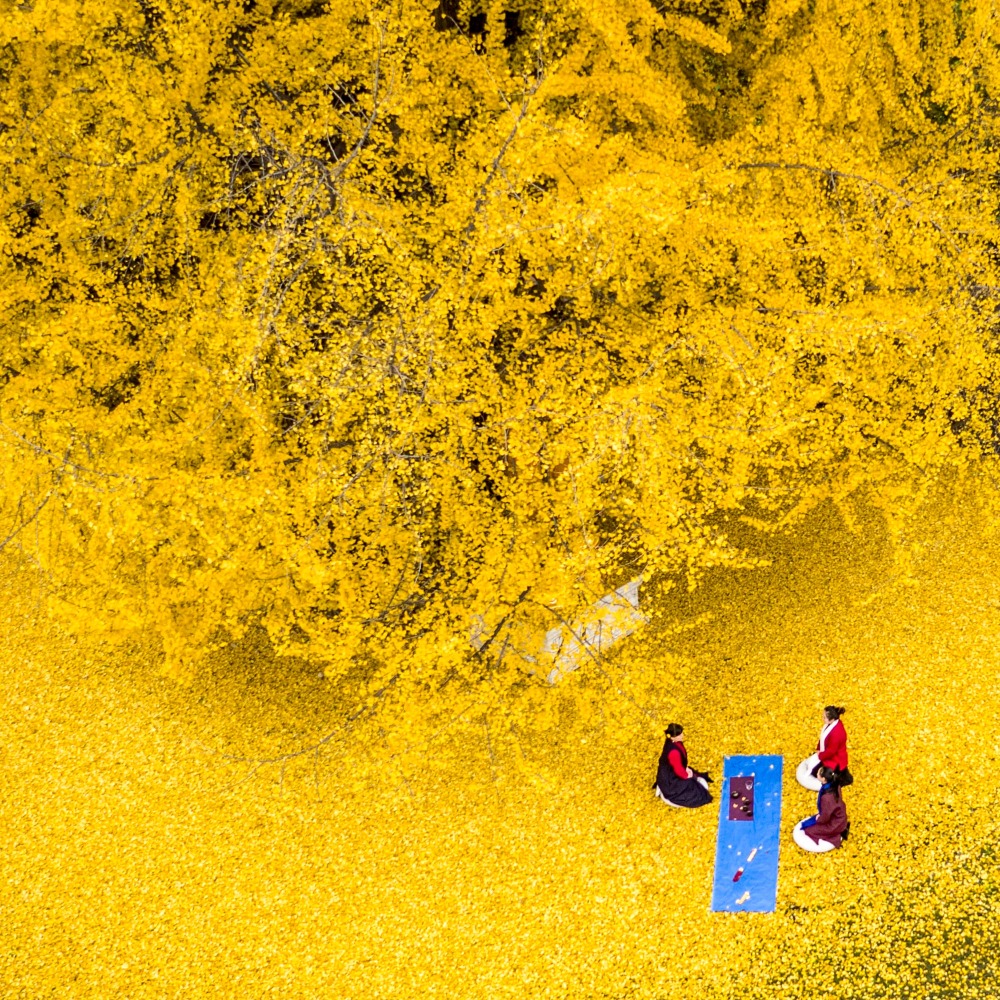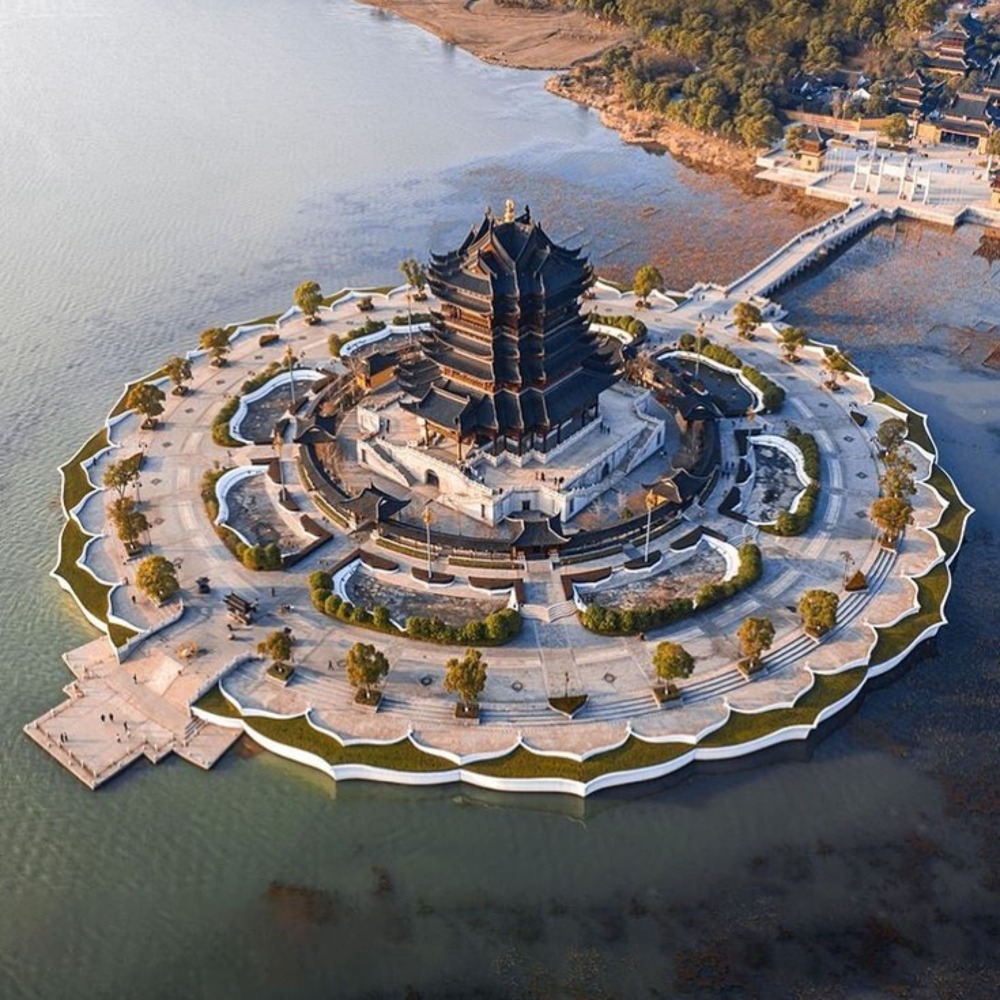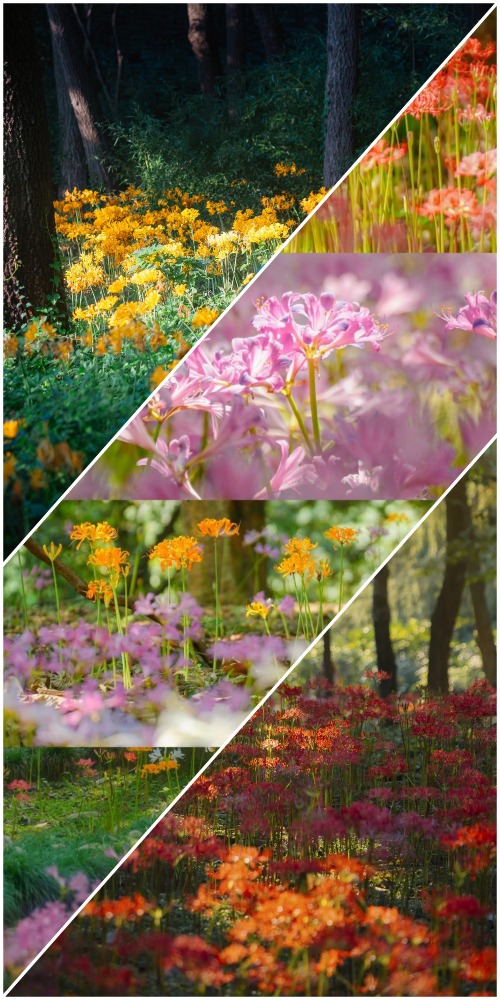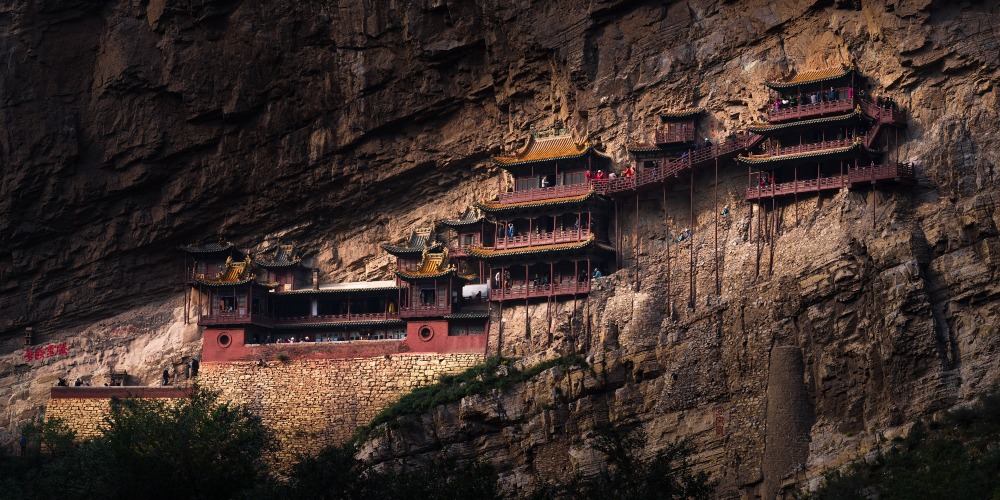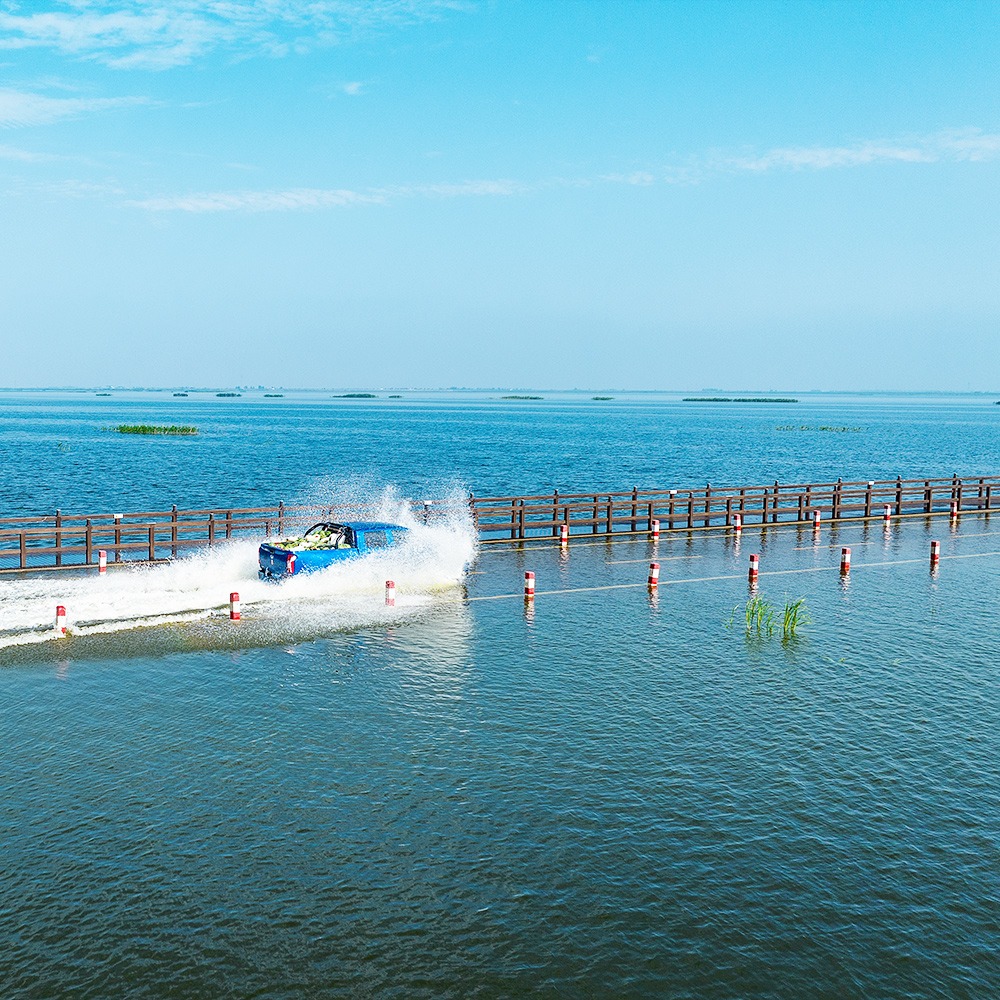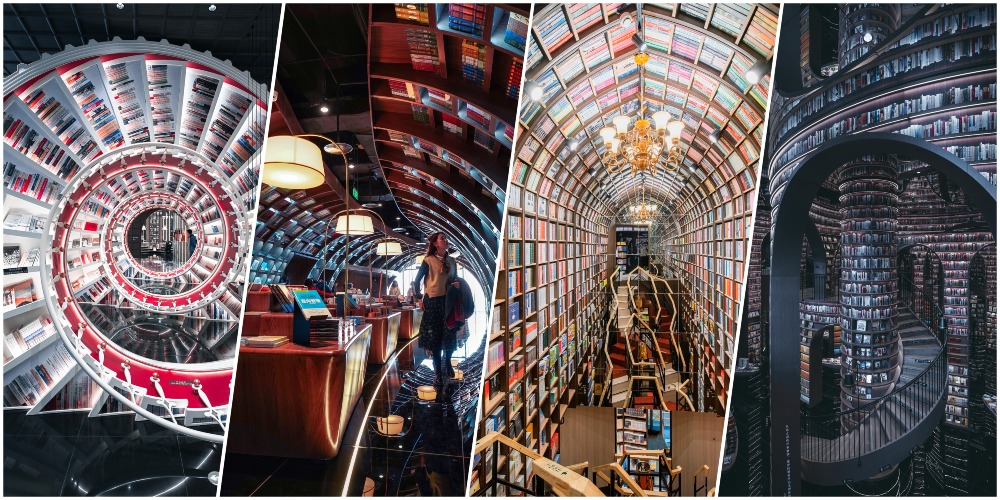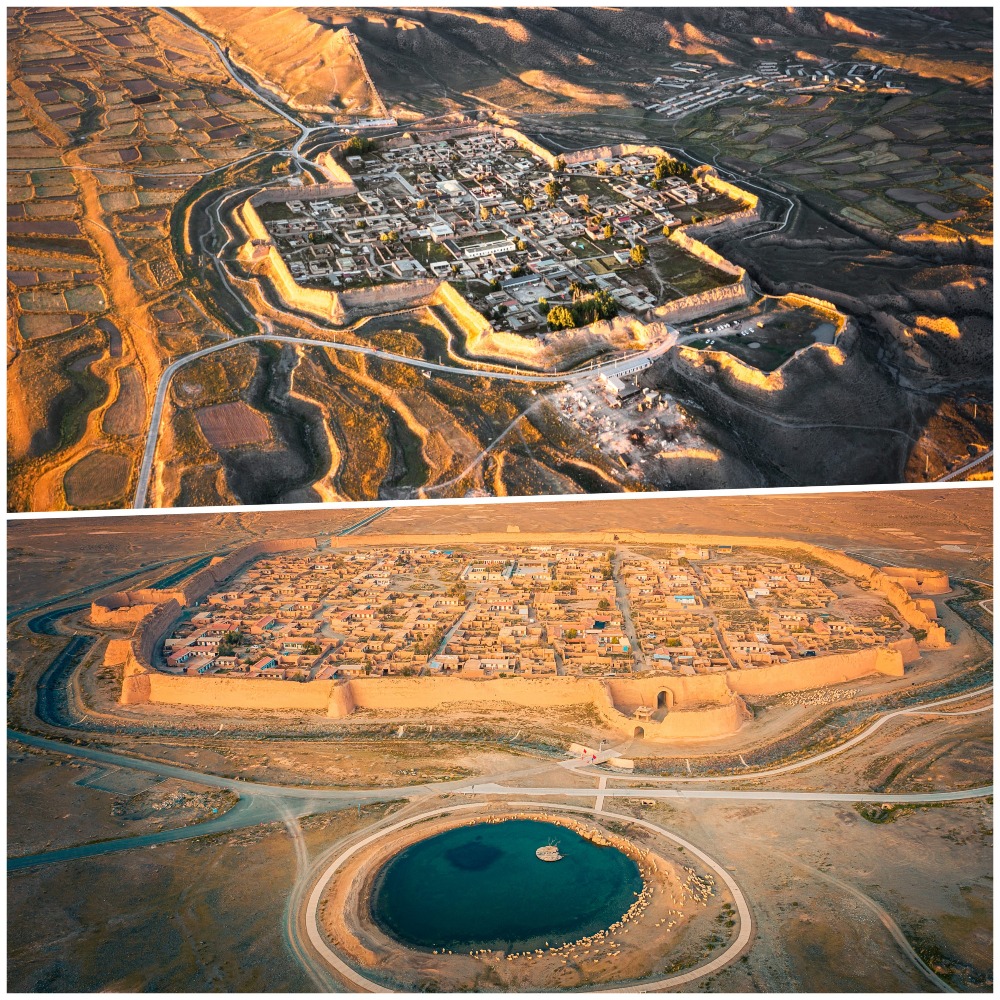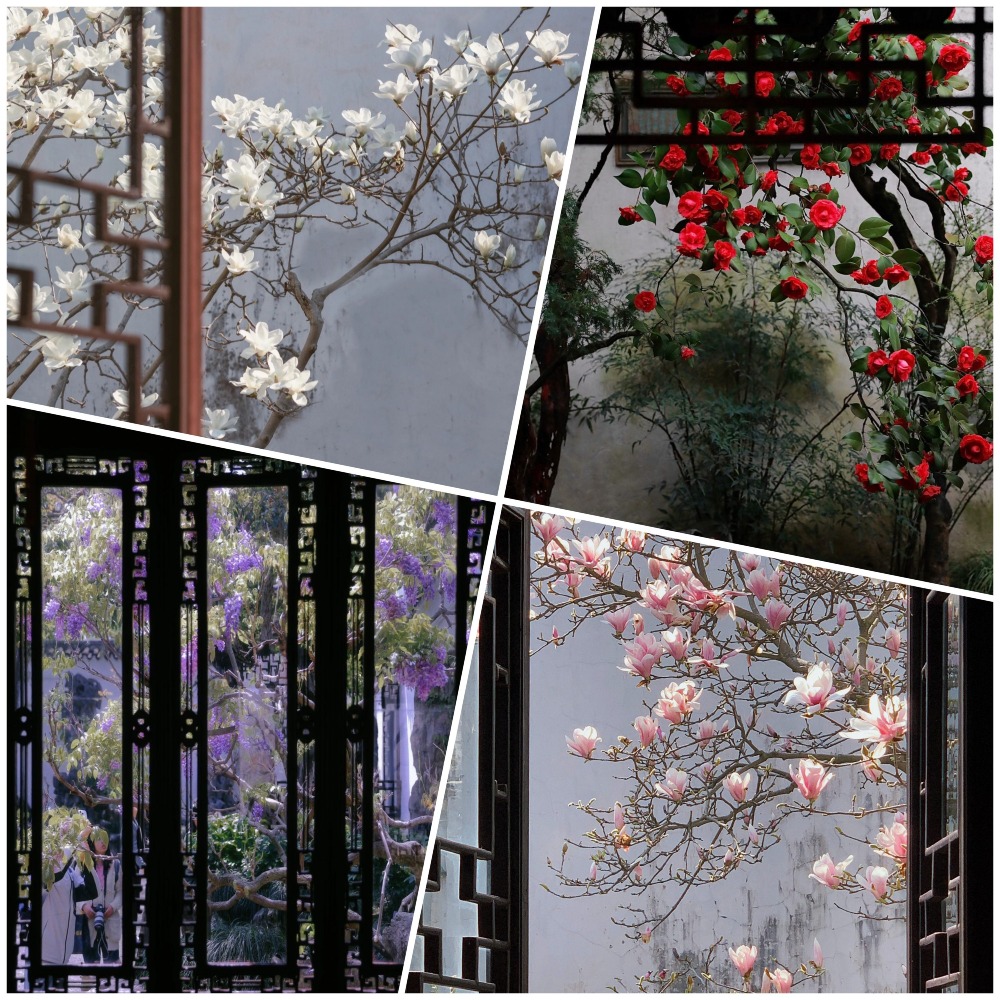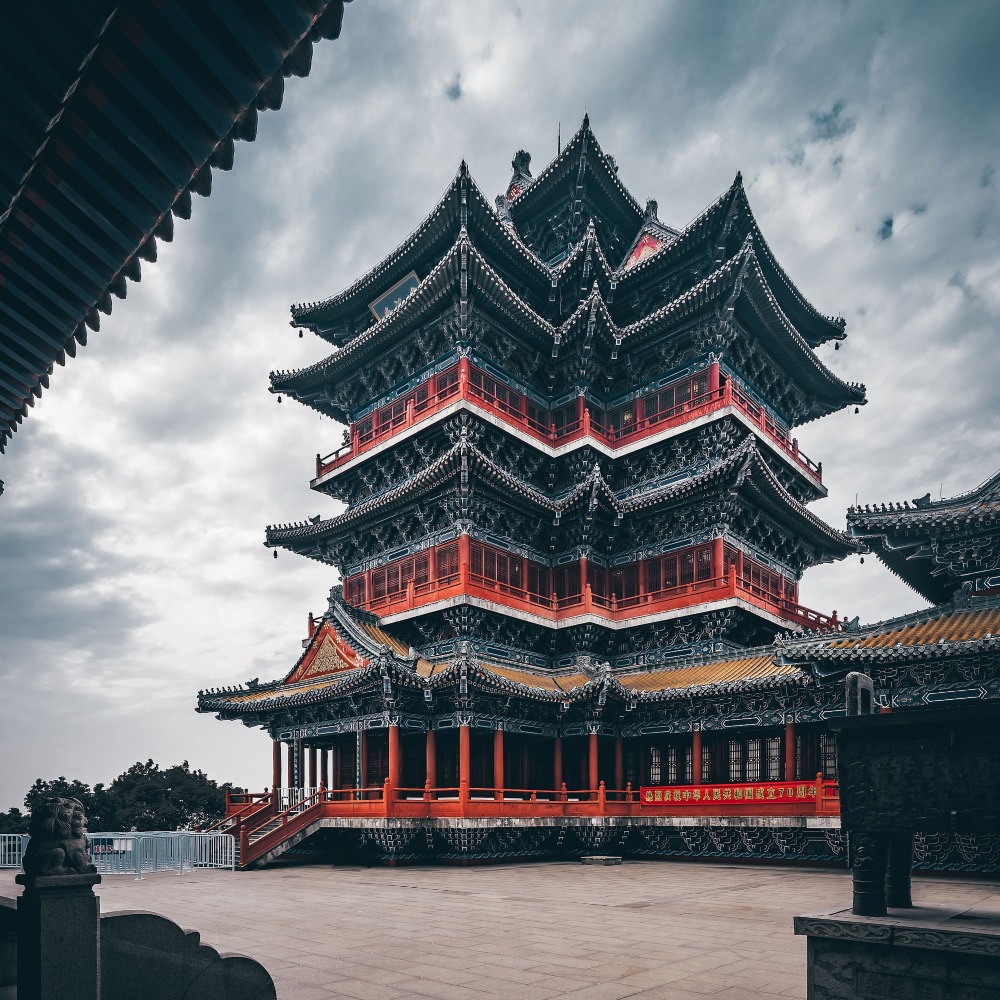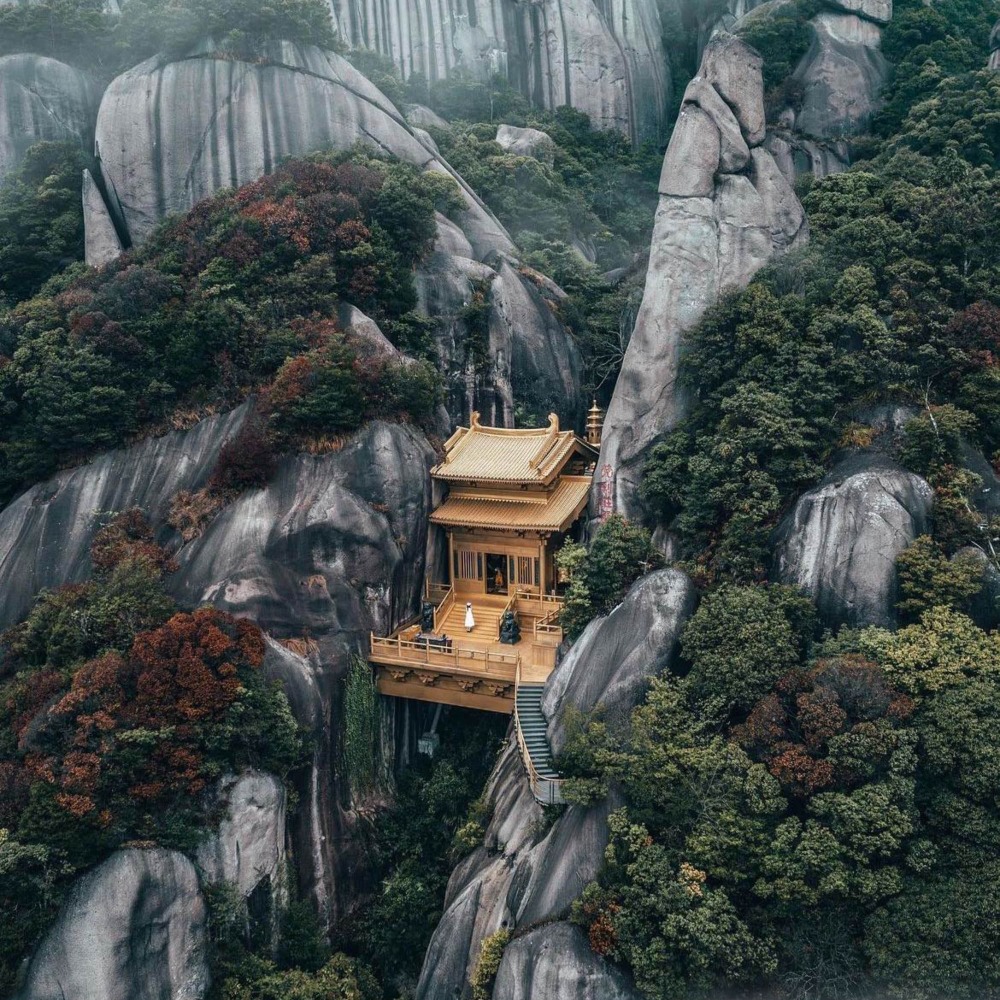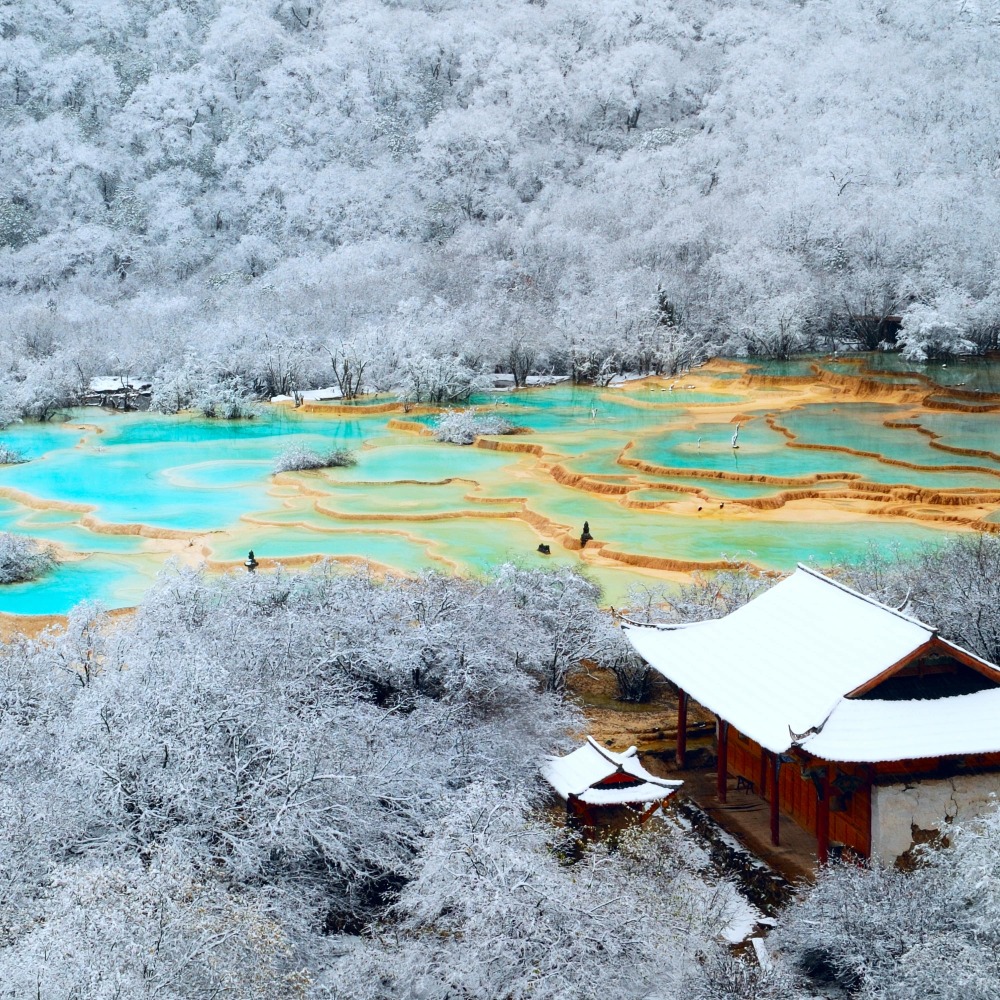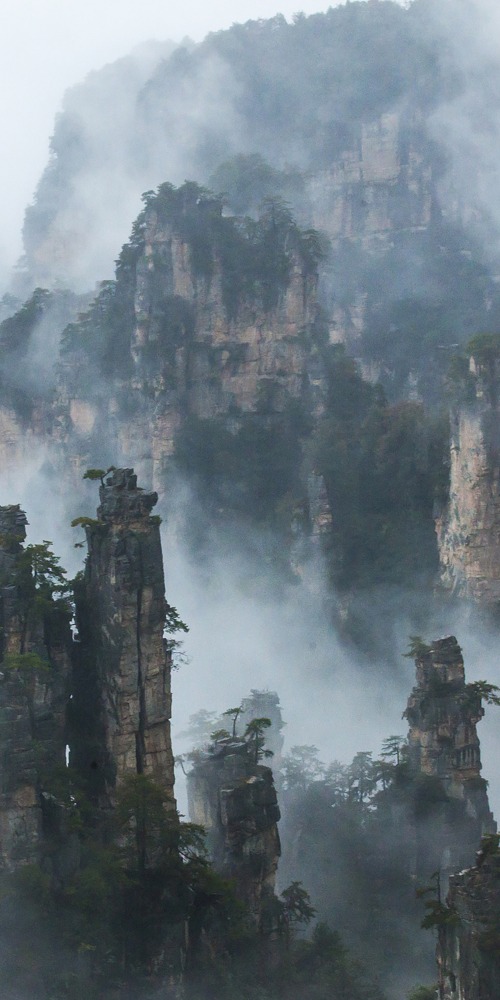Published : 2023-10-19
For many people, Panjin in Liaoning is an unfamiliar city, but the endless, beautiful "Red Ocean" that appears every autumn fascinates countless people.
In the golden autumn of October, the Red Beach of Panjin glows like a red cloud, like a large red carpet spread out over the land of Liaoning, which is very spectacular.
Such a stunning scene is rare in the world. Why is the Red Beach red? And how was it formed? Let's unravel the mystery together.
Is the red of the Red Beach because of a kind of grass?
Panjin city is located in the northern part of Liaoning Province, and is also the northernmost point of the Bohai Sea and the centre of the Liao River Delta.
The unique geographical environment where rivers and seas converge has created vast tidal flats and continuous reed fields. With a wetland rate of 60.8% throughout the city, it is a true "city of wetlands".
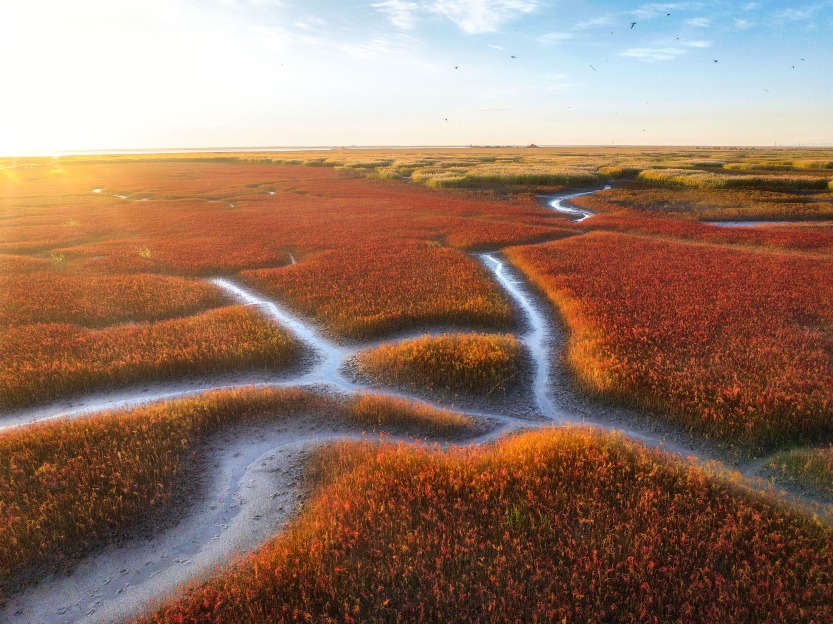
The famous Red Beach Scenic Area is located within the reed marsh wetland in Dakou District of Panjin City. This is the best preserved and largest wetland in the world, housing the world's largest reed marsh, and it is one of the six most beautiful wetlands in China.
The most fascinating feature of Red Beach is the 18-kilometre stretch of autumn-limited "red coastline". It turns out that what makes this crimson red "beach" is not sand, but a plant called alkali grass.
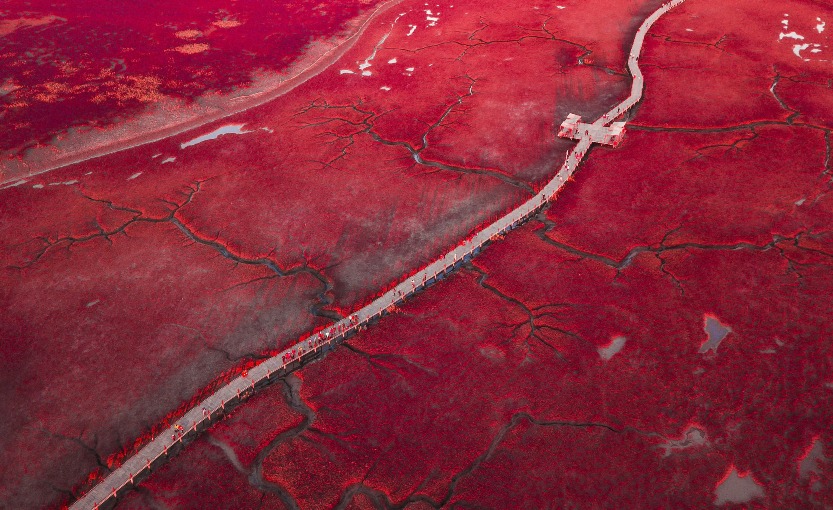
Every spring, the alkali grass scattered throughout the coastal beach area begin to sprout, and by autumn, the seeds of these plants are fully mature, changing their colour from green to a strong deep red to purple.
Looking around, large areas of deep red alkali grass look like a bright red carpet covering the entire flat, vast wetland, with a myriad of colors, is very spectacular, and hence comes the name "Red Beach".
Read more: Chinese version of Atlantis? The thousand-year-old city under Qiandao Lake
Who are the "Guardians" of the Red Beach where nature and the city coexist?
These years, Panjin Red Beach has become a famous tourist destination both in China and abroad. Every year during the best viewing period, it attracts many tourists to appreciate this autumn-limited "touch of red". The "unsung heroes" behind this have to be the alkali grass.
Small in stature but powerful in force, alkali grass not only dyed the "beach" red, bringing people the beautiful spectacle, but also nurtured the "beach", making the wetland even more fertile and healthy.
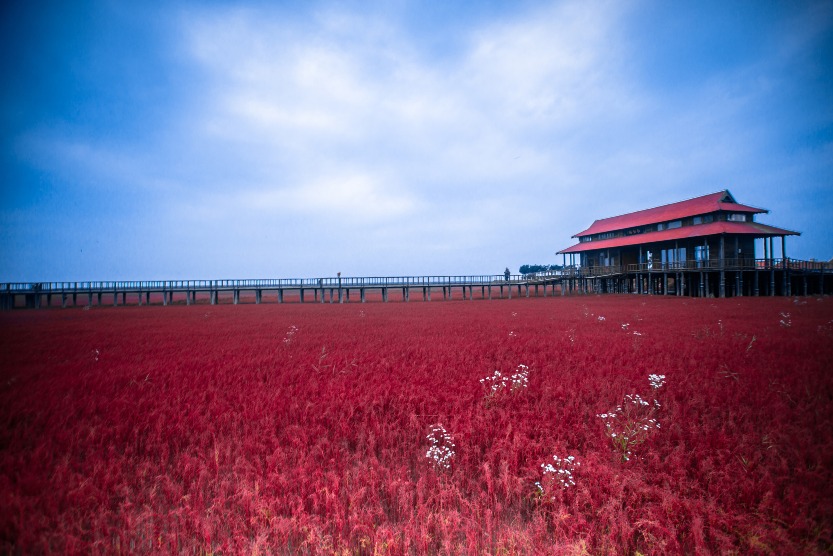
Alkali grass, also known as Salicornia bigelovii and Winged Suaeda, is the only kind of herbaceous plant that can grow in saline-alkali soil, and the wetland in Panjin is just right for the growth of alkali grass.
In addition to significantly reducing the concentration of heavy metal cadmium in the soil, alkali grass can also improve the fertility of the soil, increase the content of nutrients, and is a good helper for improving saline-alkali land. It can also provide a good habitat for migratory birds.
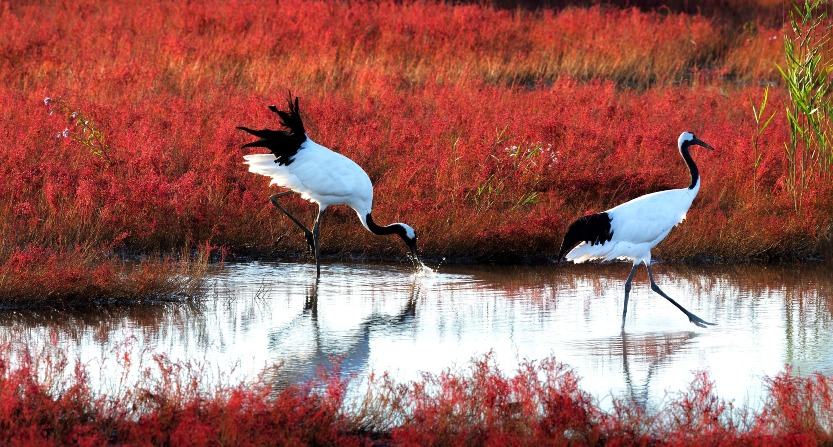
Panjin Red Beach is a paradise for birds, with over 300 species of birds inhabiting in the dense reed wetlands. Among them are many rare species in the world, such as black-mouthed gulls and red-crowned cranes, with as many as 43 species of national first and second class protected animals.
In recent years, with the Panjin authorities actively promoting the "conversion of farmland to wetland" work, a series of wetland protection and restoration projects have been carried out, including planting alkali grass in tidal flats and wetlands, and breeding red-crowned cranes in captivity for rewilding.
Today, the area of wetland protection in the city has reached 12.4 hectares, with a wetland protection rate close to 60%. The harmonious coexistence of the city and nature has become a shining landmark for Panjin, Liaoning.
Read more: Yellow Dragon Valley: The mystery of the changing colours of the pool water
